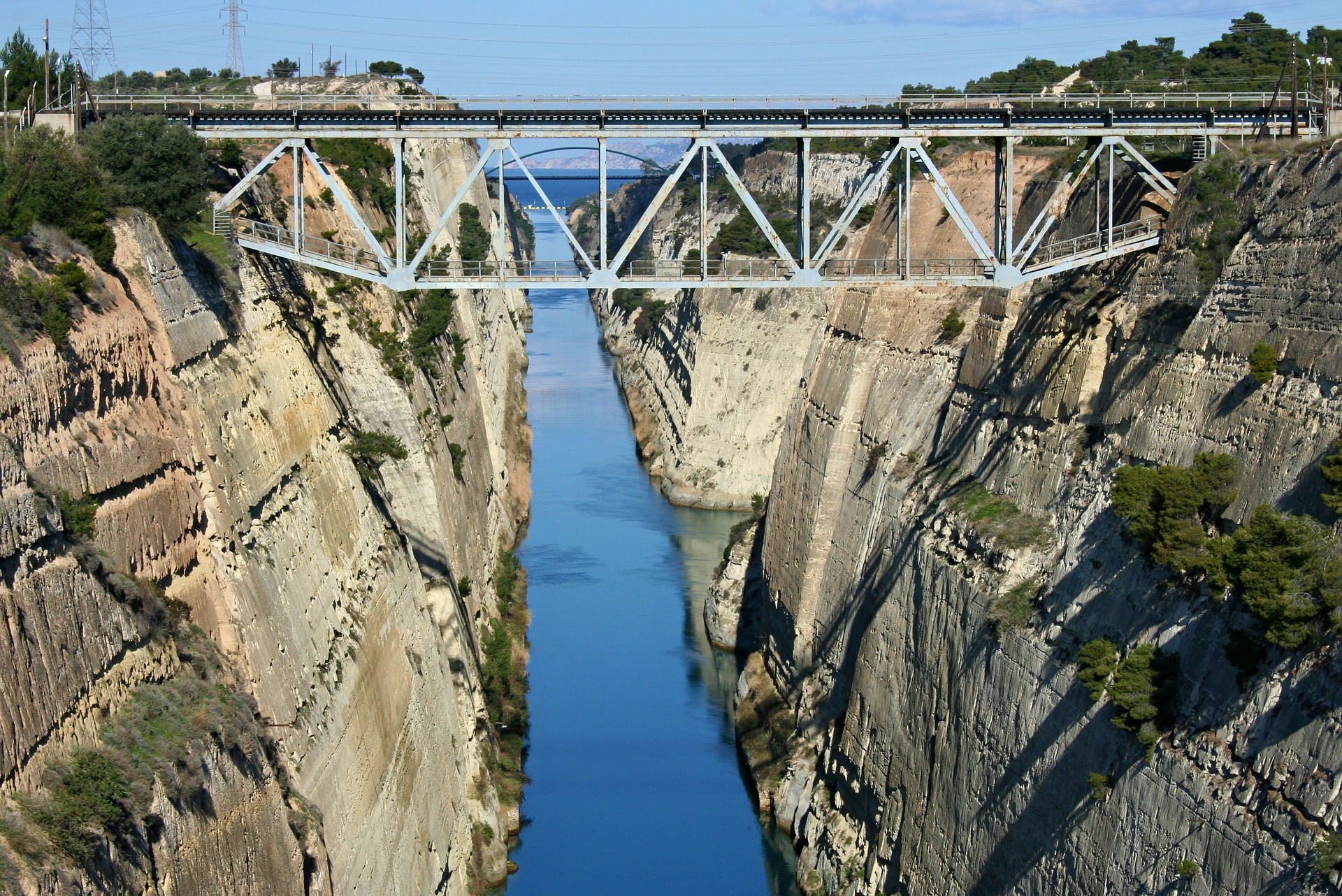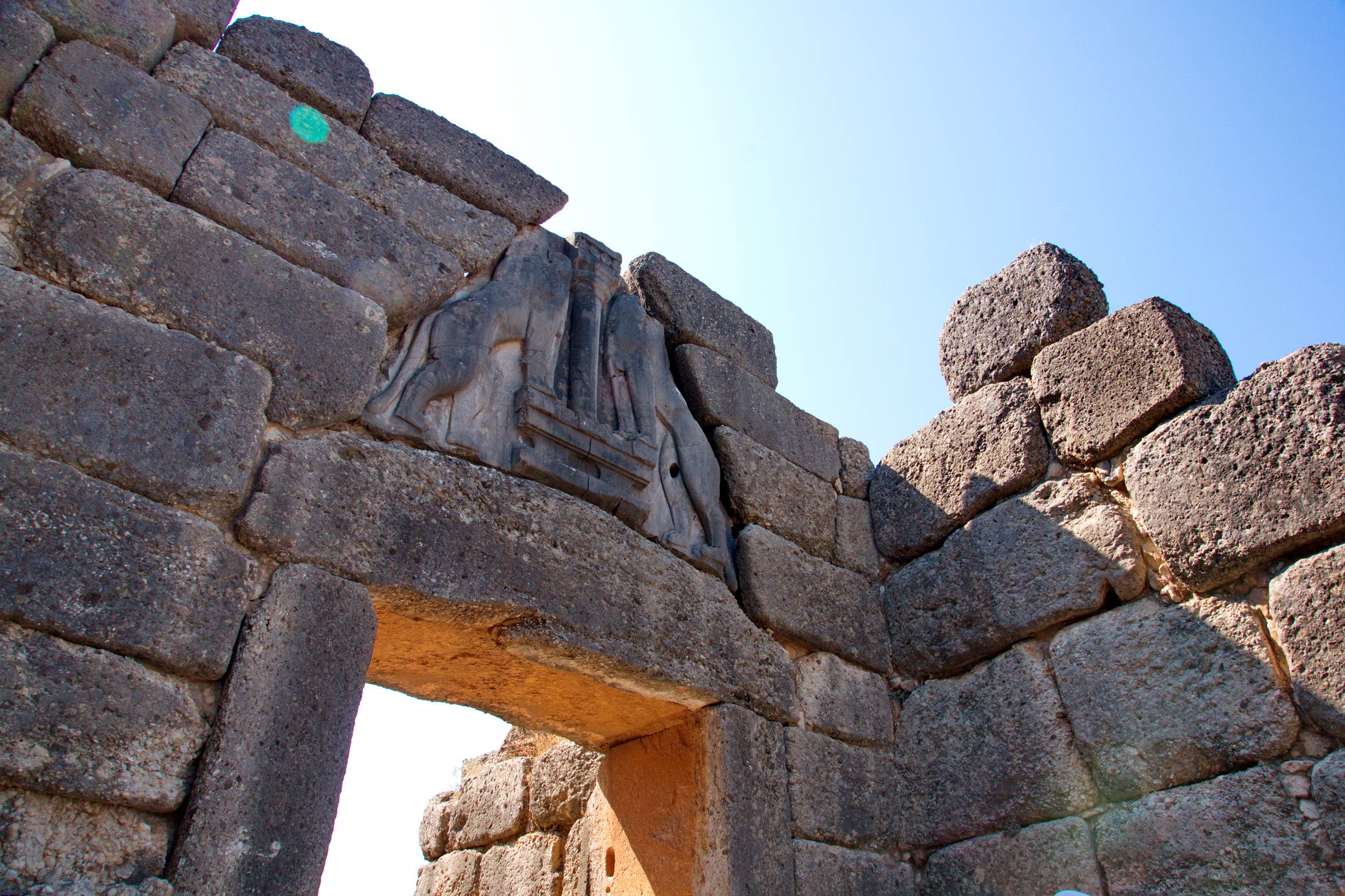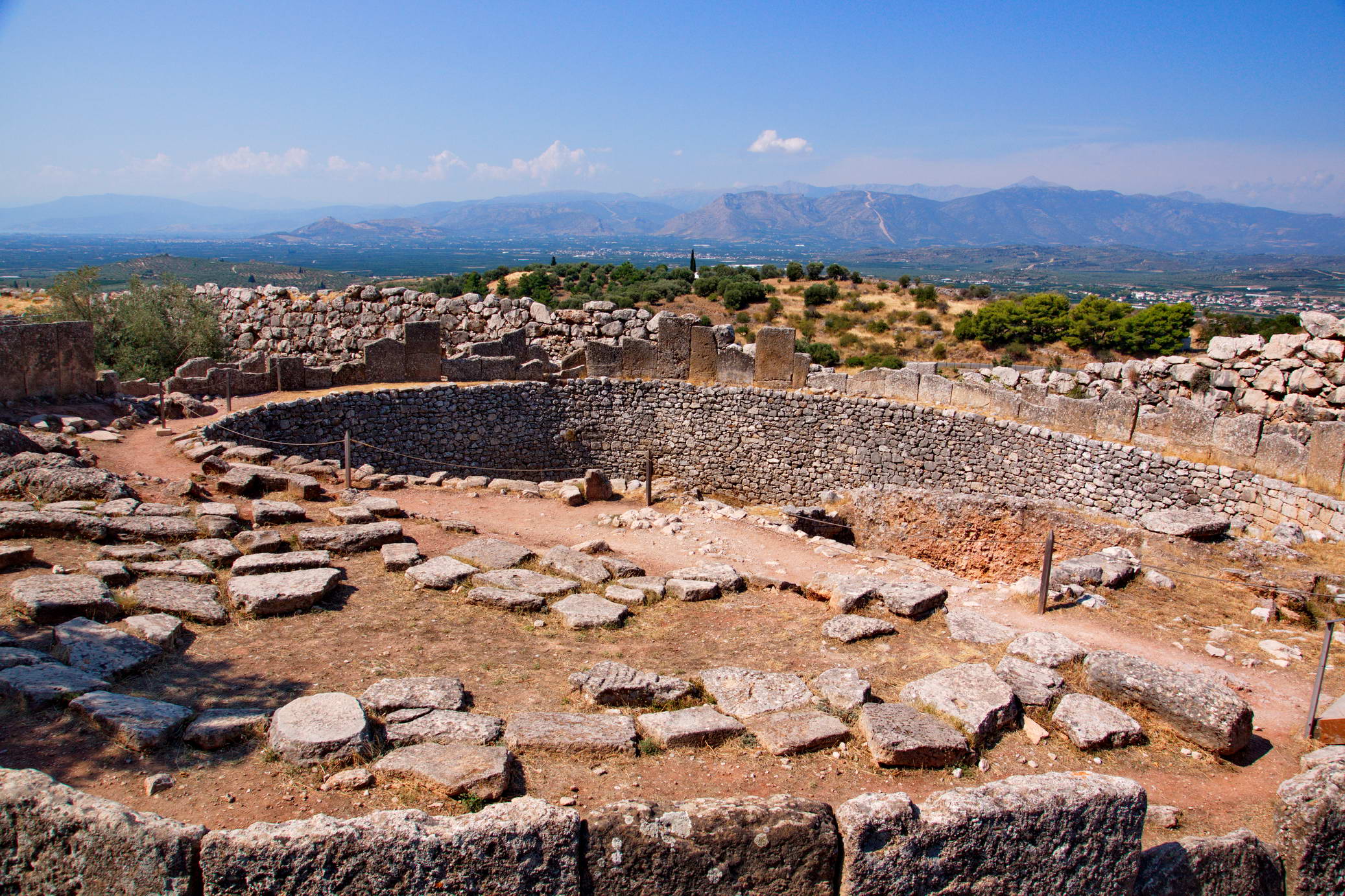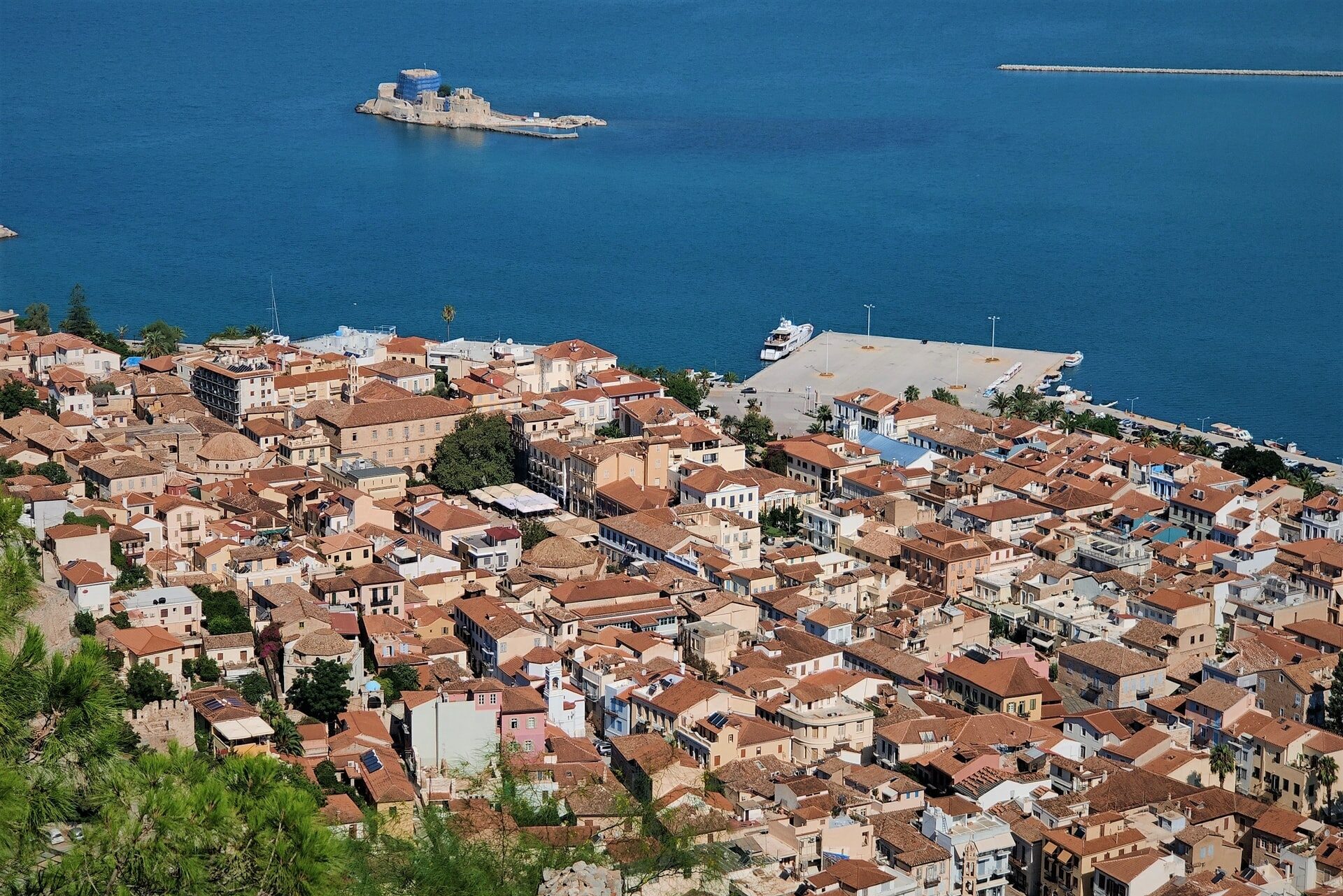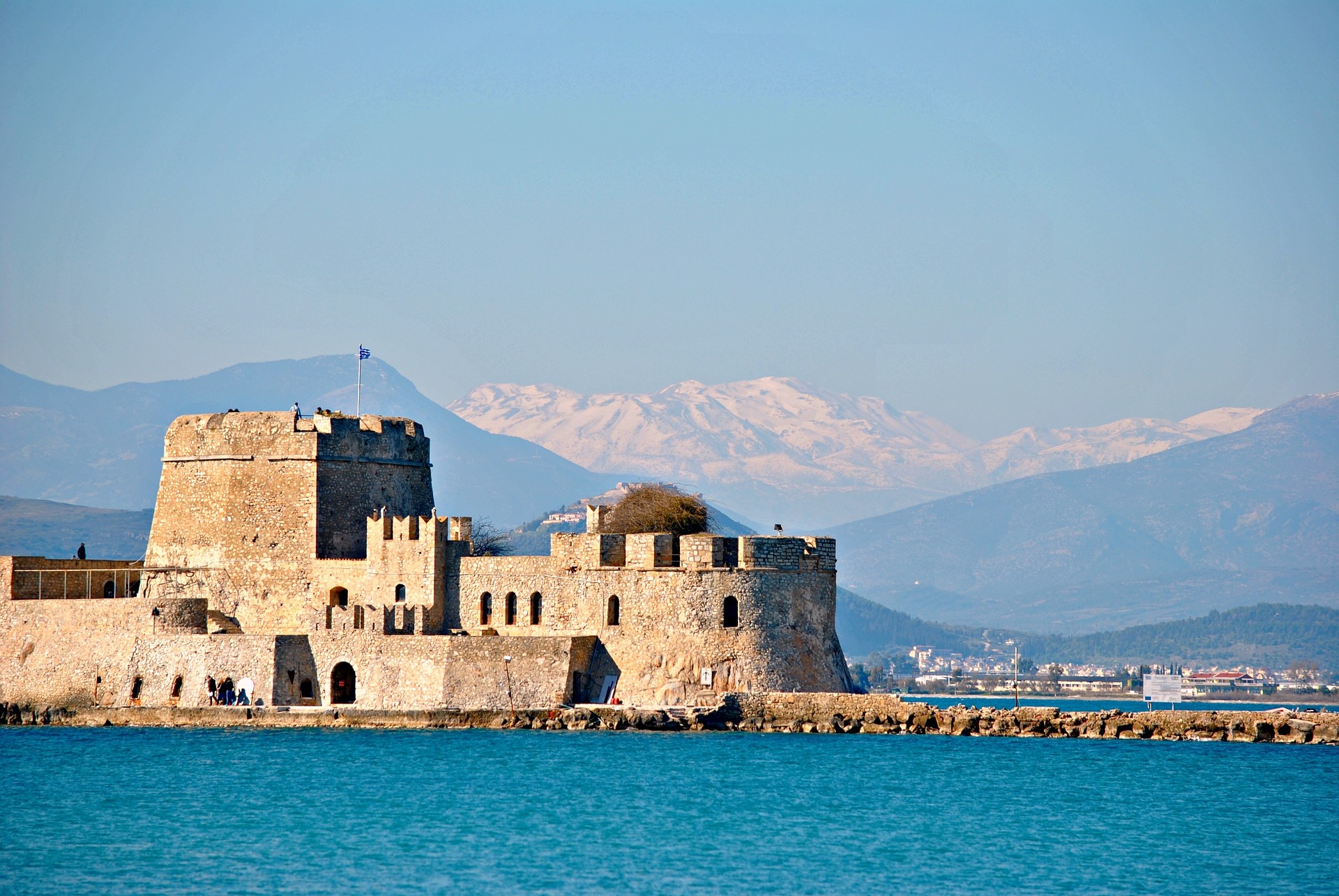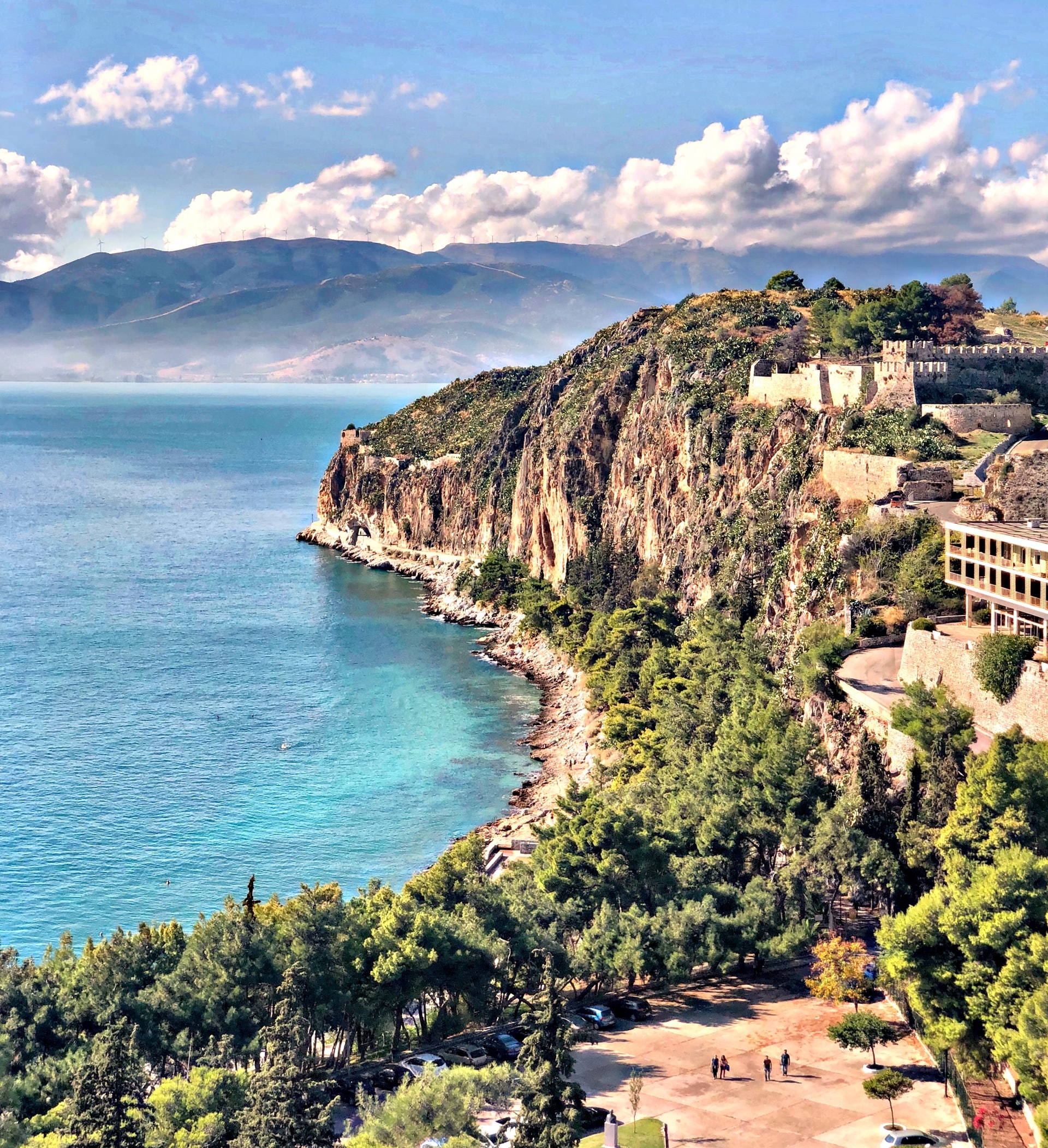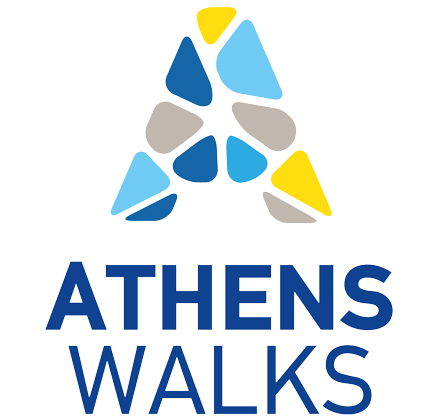Wonderful Argolis: A 360° guide for your next trip.
The Argolis is an archaeological treasure house and thus a tourist trade centre: Mycenae (Mykínes) was the home of Agamemnon, Tiryns the birthplace of Heracles, Epidaurus (Epídavros) the home of an ancient healing cult. In ancient times the Gulf of Argolís gave Greece access to trade and exchange of ideas from Crete and Egypt. The city of Árgos gave its name to the plain. Nauplia (Návplio) is a seaport and seaside resort. It was also the first capital of an independent Greece in the 19th century.
Credits to: britannica.com
The Corinth Canal
The ancient city of Corinth, known at least by name from the Apostle Paul’s talks to the Corinthians in the Bible, is now famous for the Corinth Canal, one of the more impressive feats of 19th century engineering. Periandros originally conceived the idea of a canal through the narrow isthmus though at the time it was too much of an endeavor to carry out. Instead they devised a paved roadway that they used to haul the boats across on rollers. This method was used until the 13th century. The emperor Nero attempted to dig a canal but this chore was too much for him as well. A French engineering company finally built it in 1893. It is still a wonder to behold and if you walk to the middle of the old bridge that spans it you will know what I mean. Yes, it does shake but it has for years so don’t be alarmed. Chances are it will not fall while you are on it. By the way, there are two bridges and if you are on the National Road (the one with the tolls) you will cross the canal without even knowing it. You have to get off and get on the old road where you can park at one of the cafes or tourist shops and walk across the bridge. If you have time you can go bungy-jumping too.
Credits to: greecetravel.com
Argos
Though the city of Argos, the regional capital, is a low key, agricultural town with little to offer tourists except the lack of tourists which is an attraction in itself, it still makes a good base for seeing the area though most people will prefer Nafplio or Tolo because they are on the sea. There are interesting ruins in the area like the Roman ruins with it’s giant ampitheatre, baths and indoor theatre. The Fortress of Larissa has been added to by nearly everyone who has occupied the area from the Byzantines to the Franks, the Venetians and the Turks. The nearby Sanctuary of Apollo and Athena and the Mycenean necropolis are also within walking distance. The town of Argos has a very lively street market in the square which I believe is held on Thursdays. Besides fruits and vegetables and the produce you will find in any laiki market there are also rows and rows of clothing, antiques and household goods. Argos is also the home of the excellent Zeos Beer, one of the first micro-breweries in Greece, if not the first. They also have a very good archaeological museum since the area is full of ancient sites. Also the small port of Neos Keos is where all the fishing boats of the area are based and besides a fish market there is a great fish taverna just over the bridge, called Tsakiris.
Credits to: greecetravel.com
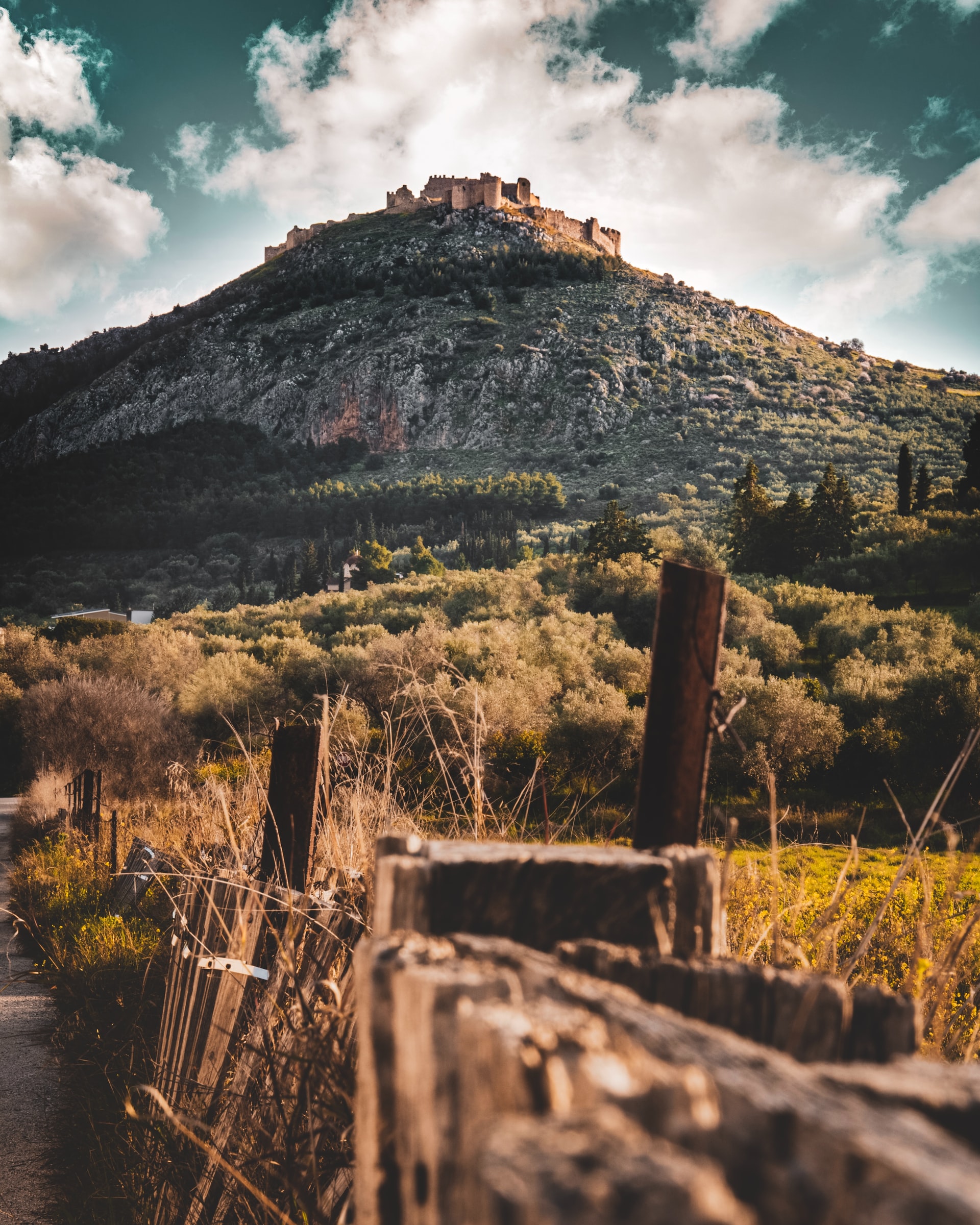
Epidaurus & Old Epidaurus
This is one of the most beautiful archaeological sites in all of Greece and should not be missed. Home of the 3rd Century theater, the tragedies of Aeschylus, Sophocles and Euripides were performed here until the 4th century BC and then continued in 1955 to the present during the Epidavros festival that takes place from the beginning of July to the end of August. The theater is perhaps the most acoustically perfect in all of Greece, a fact illustrated to us by our history teacher who dropped a pin which we could hear from the top seats. At least I think we heard it. The God Asclepius, son of Apollo was worshipped here and Epidavros is acknowledged as his birthplace. Struck dead by a thunderbolt from Zeus for bringing back the dead, he was transformed by Apollo into the constellation of Serpentaria. The symbol of Asclepius is the snake coiled around the rod which is familiar to anyone who has studied medicine or been to a doctor. There was at one time a hospital at the sanctuary to Asclepius. In ancient times athletes competed at the festival of the Asclepia in the stadium and poets in the odeon whose ruins still exist. For information on Performances at Epidavros check any of the Athens Entertainment Guides which should be available in your hotel lobby.
The town of Palea Epidavros is a small port on the sea and is famous for its citrus groves. In fact as you enter the town in the winter and spring the air is filled with the smell of orange blossoms. In the backyard of a small house an ancient theater was discovered and is in the process of being excavated as well as some other ancient buildings in the olive grove next door. There is a nice square here with some fish tavernas kept supplied by a fleet of fishing boats. If you are traveling in the area it is a good place to stop for a coffee at one of the many cafes on the waterfront or even worth spending a day or two here and using it as a base to explore the Argolis. The hills around the town offer a spectacular view and the groves are separated by small roads that you can follow on foot or by car if you think you are capable of backing up the way you came if you happen to run into a dead end.
Credits to: greecetravel.com
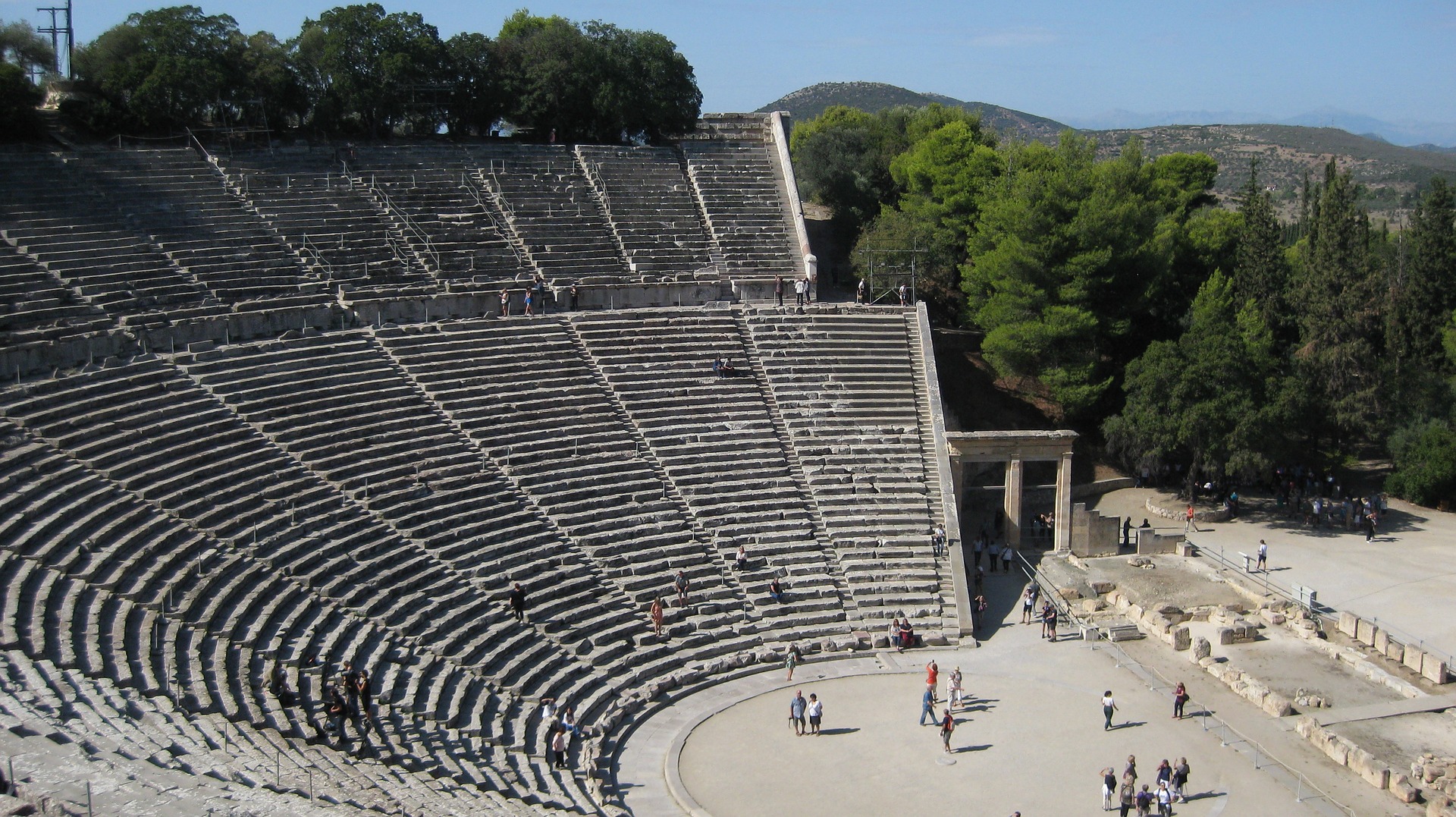
Mycenae
The Argolis Peninsula was the center of Greek culture from 1600 to 1100 BC under the Myceneans until the city was destroyed. The enormous stone walls of the ancient city make one wonder how anything short of a nuclear blast could harm it. Because the stones were so massive, the Greeks believed the giant Cyclops must have lifted them, thus the term ‘Cyclopean walls’. The ancient city is entered through the famous Lion Gate and contains the palace of Agamemnon. If you remember your Iliad you will know that Agememnon was the brother of Menelaous, the husband of Helen, who was abducted by Paris and taken to Troy. The combined Greek forces under the command of Agememnon took ten years to conquer the city of Troy. On his return home Agememnon was murdered in his bath by his wife Clytaemenstra who had taken a lover in his absence and was still smarting over the sacrifice of their daughter in an effort to gain favorable winds for the expedition. Their son Orestes then murdered her.
Mycenae is one of the most imprtant archaeological sites in Greece and there are several hotels and restaurants in the town of Myceneae.
Credits to: greecetravel.com
Nafplion
One of the most beautiful port towns in all of Argolis and Greece, Nafplio is a collection of Venetian houses and classical mansions and the three fortresses of Palamidi, Akronafplia and the Bourtzi, which is on a small island in the bay, sort of the symbol of Nafplio. The city was the first capital of Greece after the war of Independence when the entire country was contained in the Peleponessos, the Turks controlling everything else. The Palamidi is actually three fortresses, built by the Venetians in 1714 and seized by the Turks a year later. For those eager to climb the 999 steps the view is worth it but I recommend driving to the entrance. Nafplio is a town of waterfront restaurants, outdoor movie theatres, piano bars, cafes and a folk music festival in late May and early June. The resort town of Tolo and the beaches of Karathona, Asini, Drepano, Plaka, Kadia and Iria are near enough to take up your days, awaiting the pleasures of the evening. For those who want to visit Epidavros, Myceneae, Tiryns and other sites in the Argolis and beyond, Nafplio is a good place to base yourself. There is a bus to Athens and if you take a bus or taxi to Hermioni, Porto Helli or Galata you can hydrofoil to Spetses, Hydra , Poros , Aegina and back to Pireaus (Athens).
Credits to: greecetravel.com
Tickets to the Epidaurus Archaeological Site
Full: €12, Reduced: €6
November-March: 6 euros / April-October: 12 euros
Free admission days
6 March (in memory of Melina Mercouri)
18 April (International Monuments Day)
18 May (International Museums Day)
The last weekend of September annually (European Heritage Days)
28 October
Every first Sunday from November 1st to March 31st
Tickets to the Mycenae Archaeological Site & Museum
Full: €12, Reduced: €6
November-March: 6 euros / April-October: 12 euros
The combined ticket worth 20 euros is valid for Mycenae (the Archaeological Site, the Museum and the Treasure of Atreus), Tiryns, Asini, Palamidi, Museum of Nafplio and Byzantine Museum of Argos and lasts for 3 days from its issuance.
Free admission days
6 March (in memory of Melina Mercouri)
18 April (International Monuments Day)
18 May (International Museums Day)
The last weekend of September annually (European Heritage Days)
28 October
Every first Sunday from November 1st to March 31st
